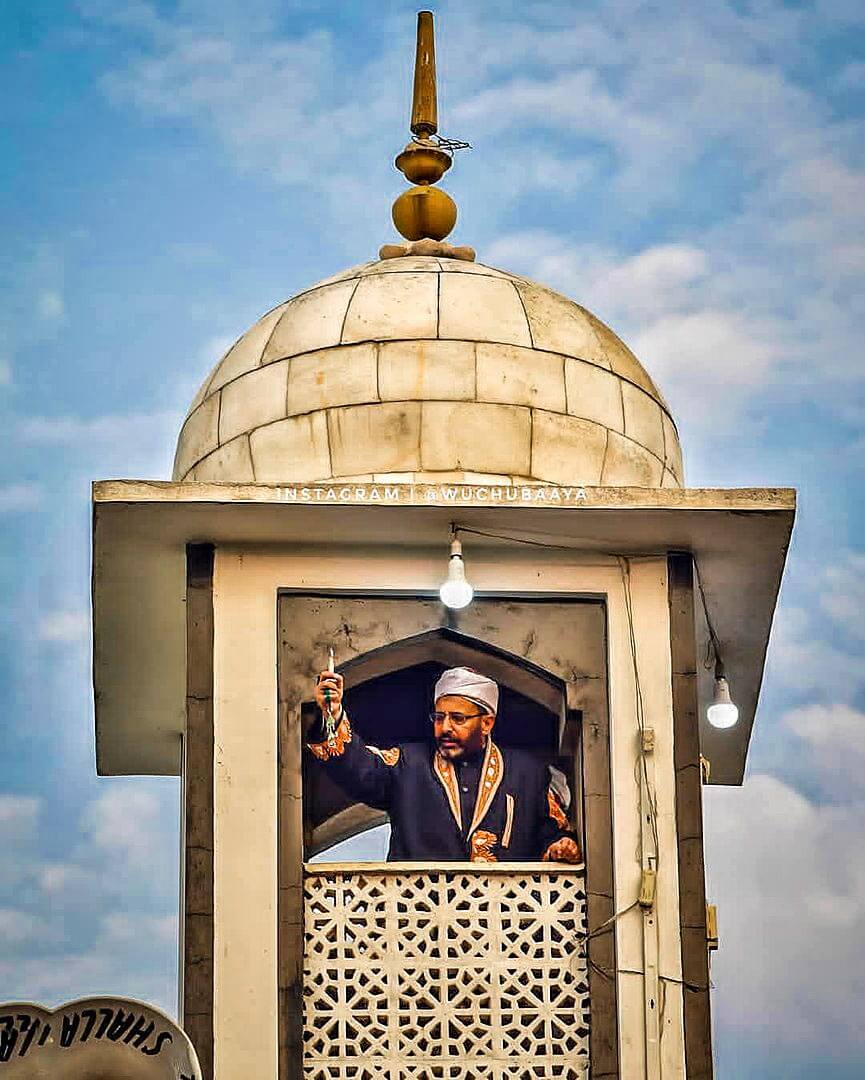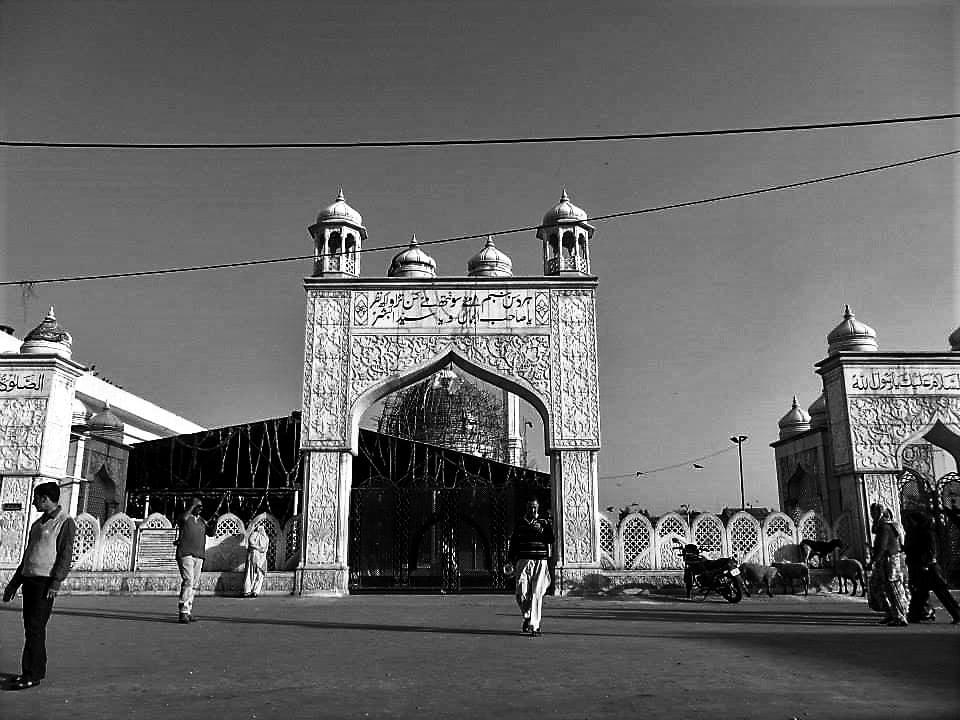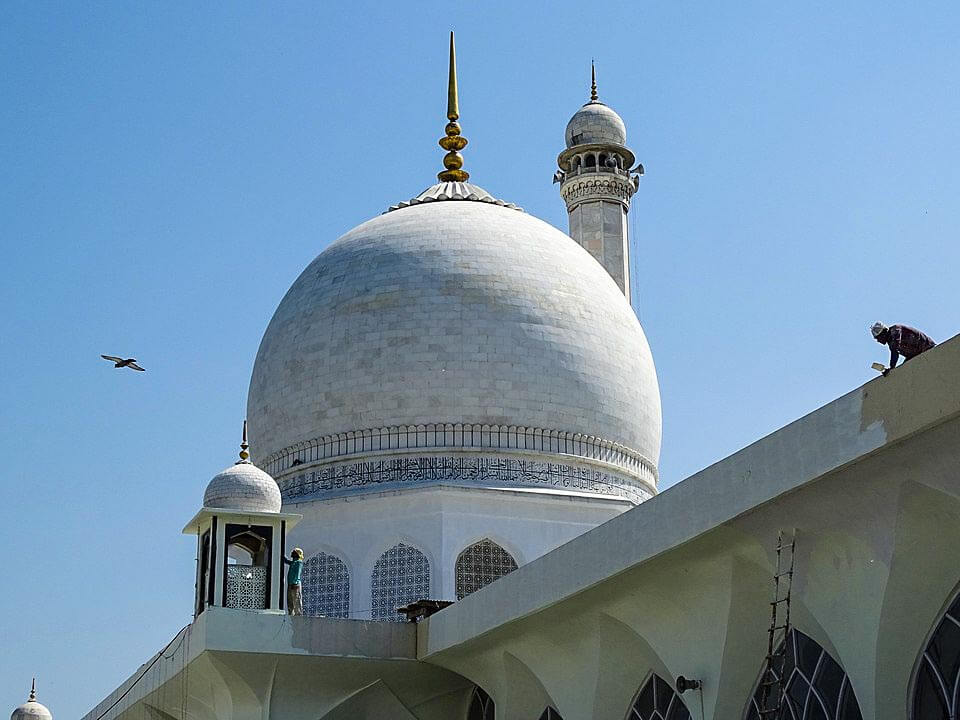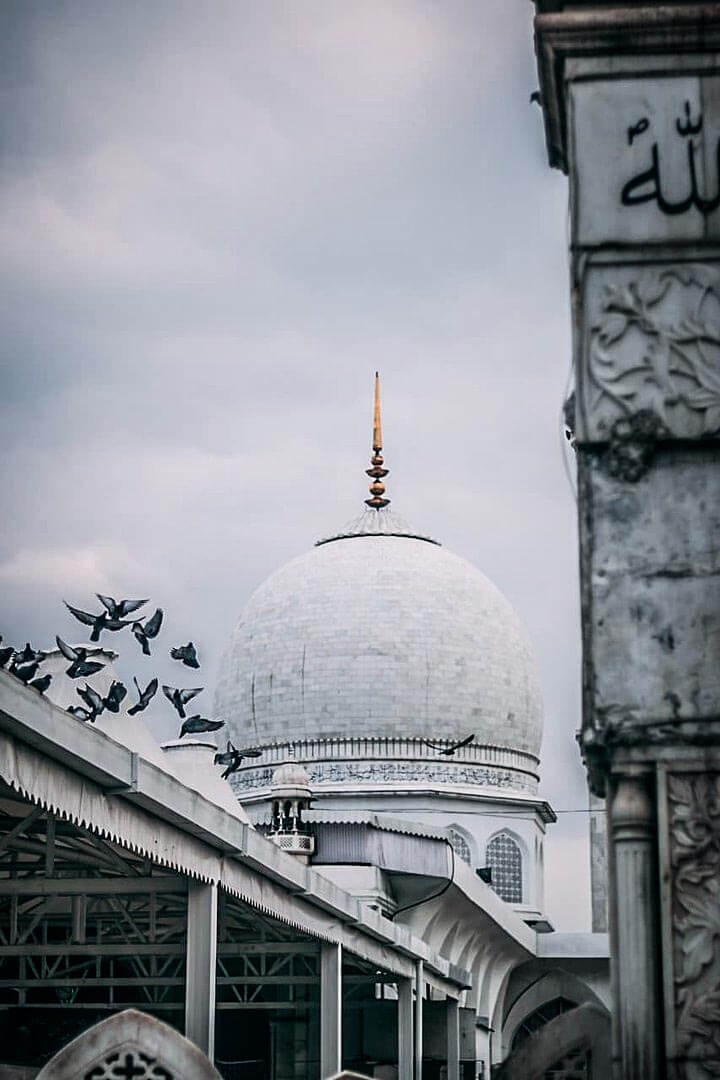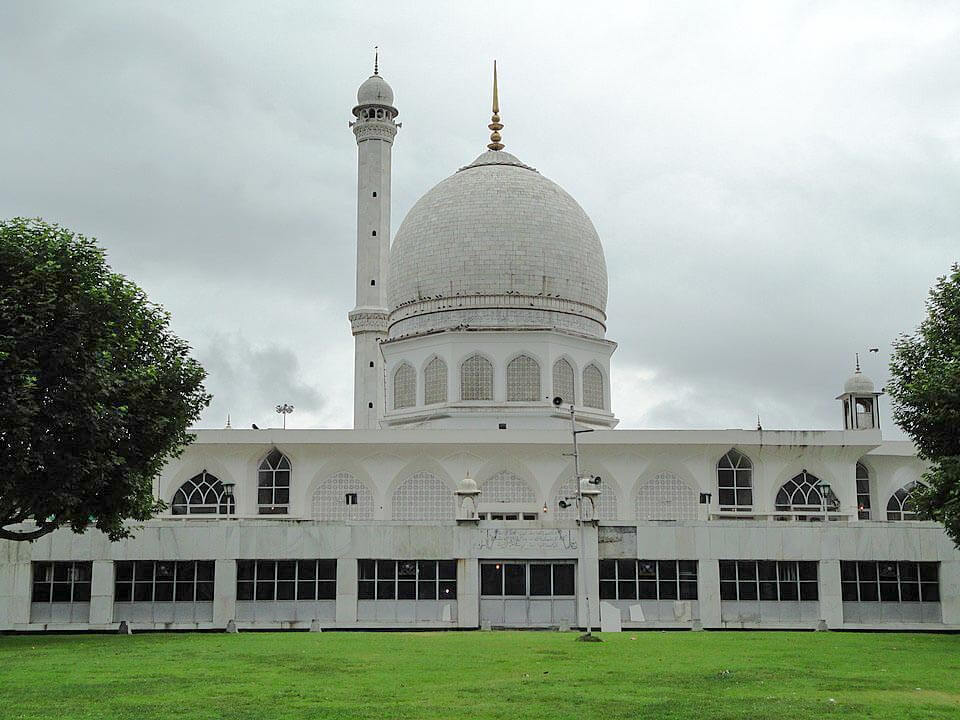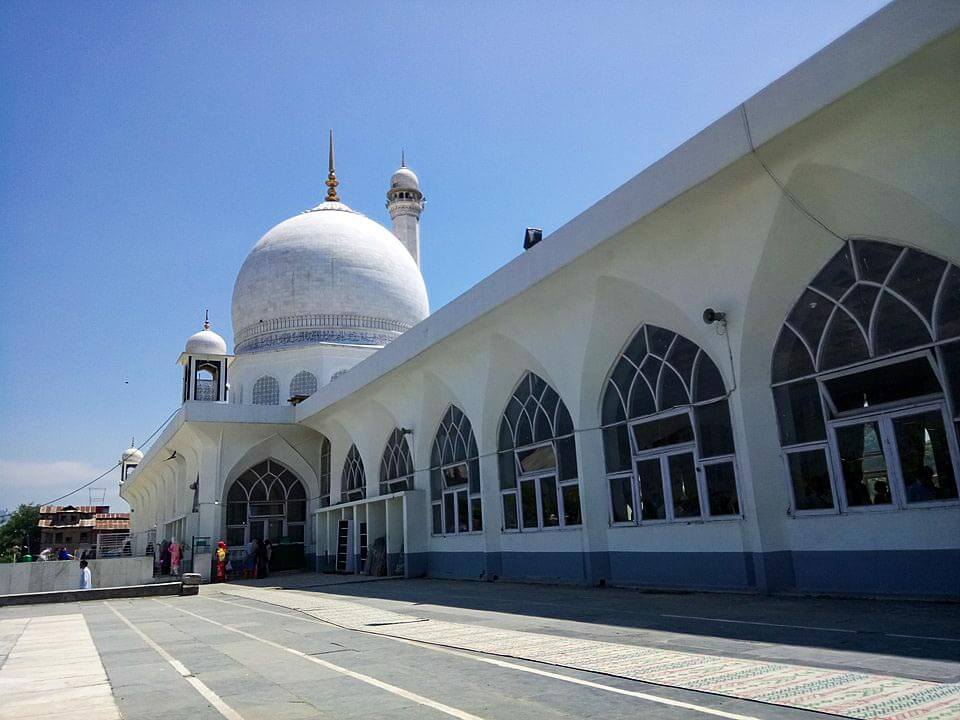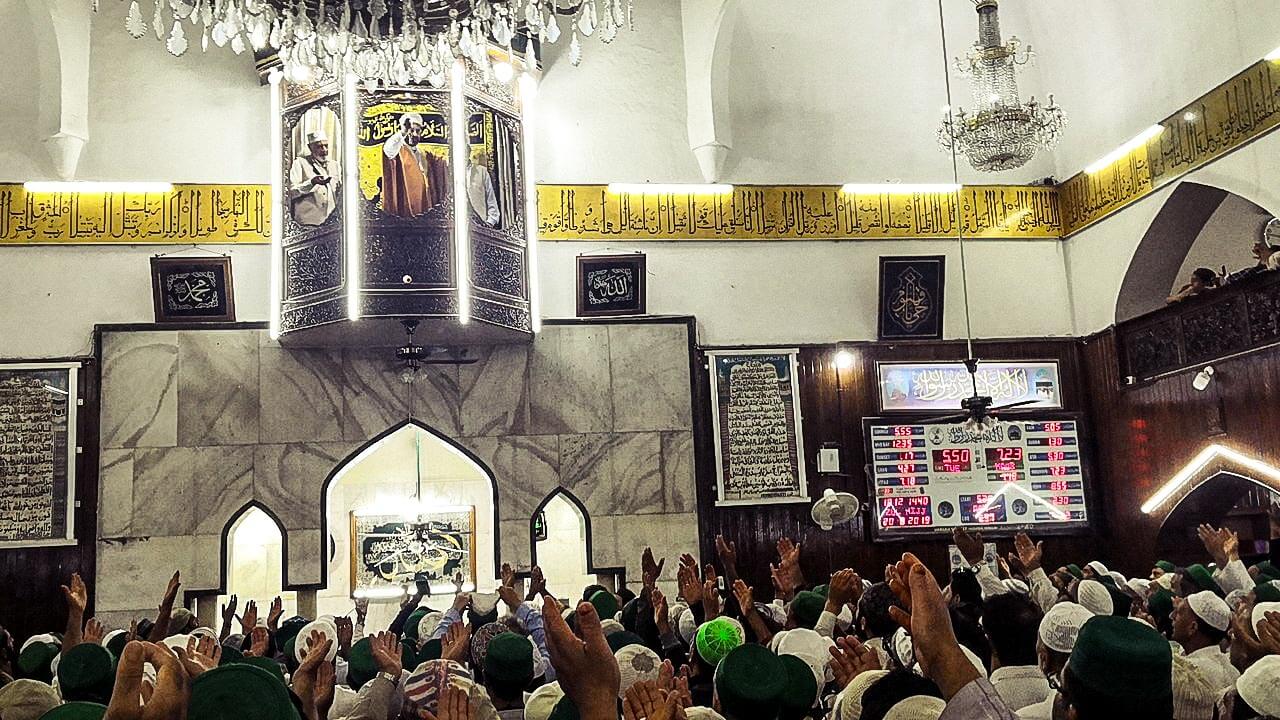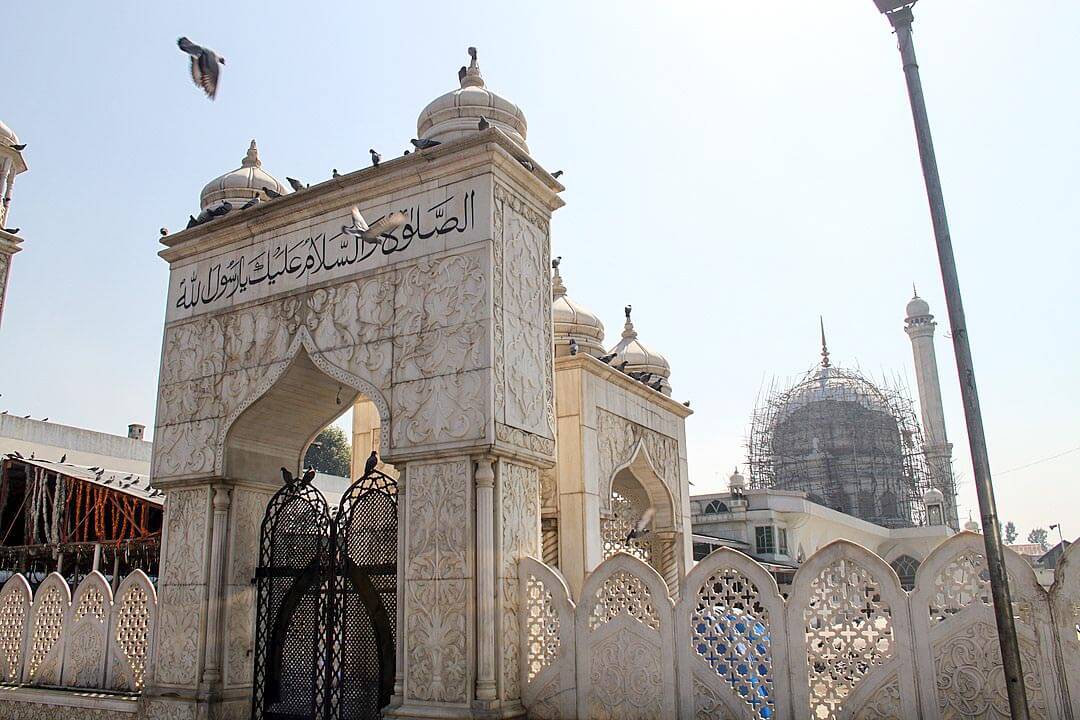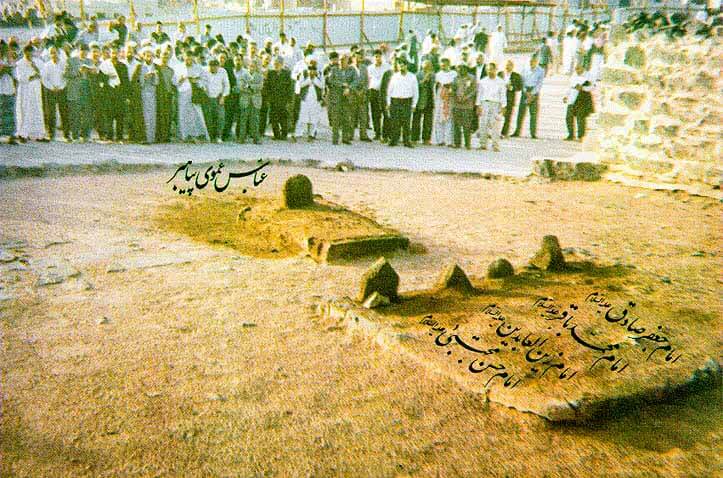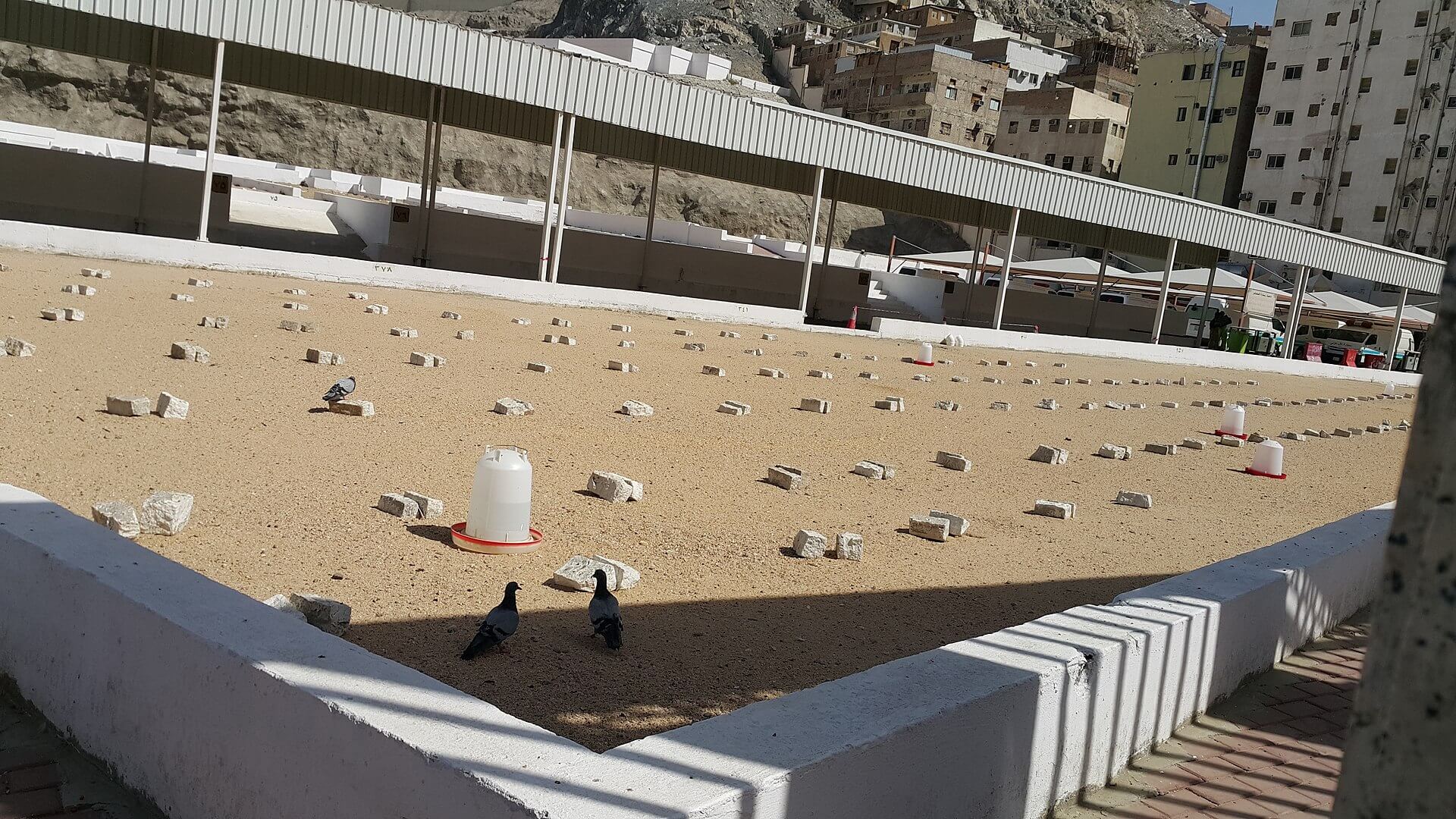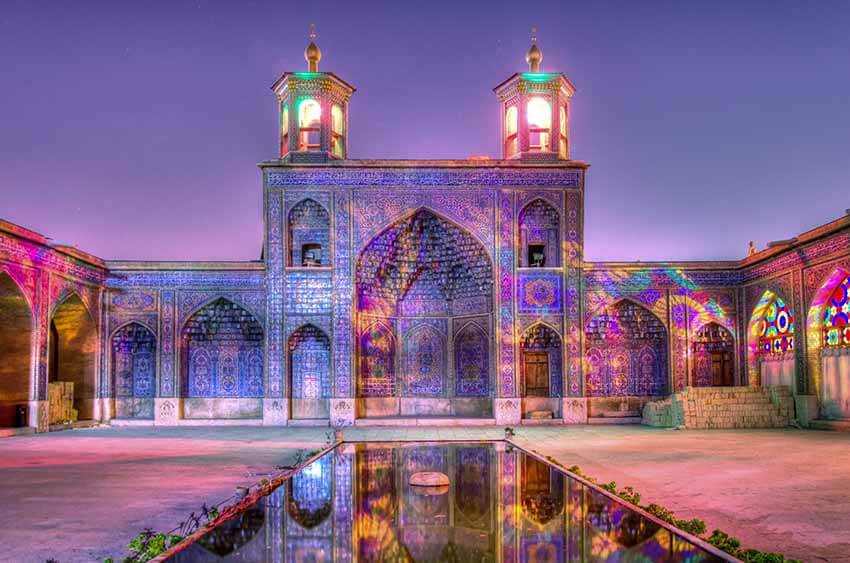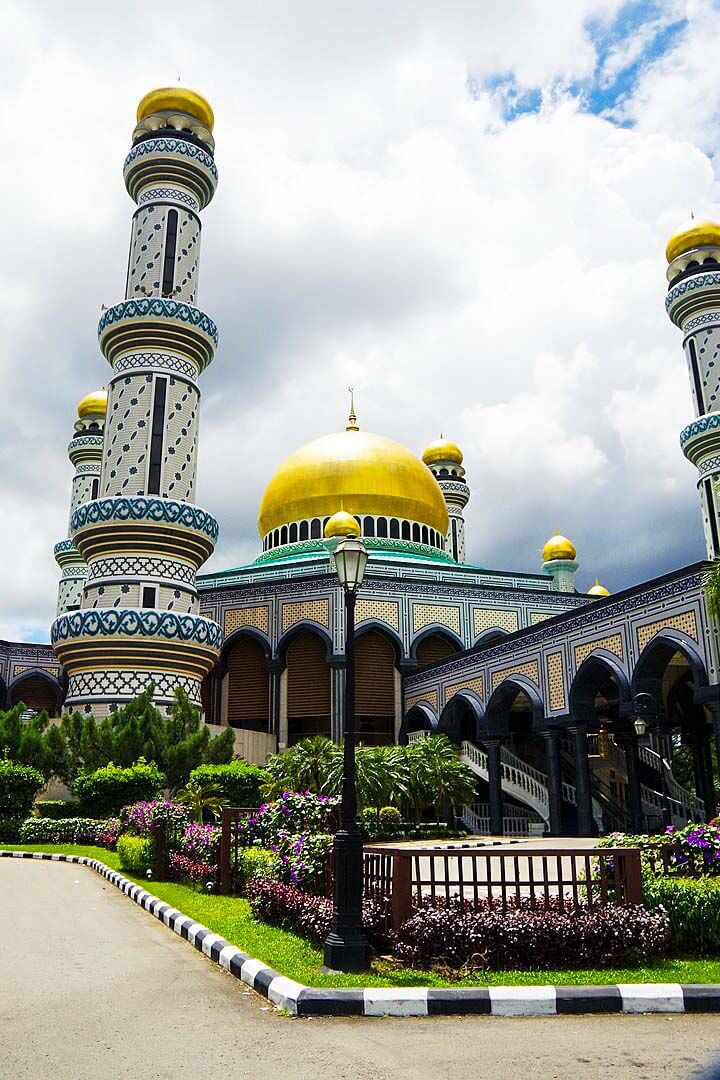Jammu and Kashmir, India
Coordinates: 34.128987, 74.842409
The Hz.bal Shrine (Majestic Place) is a Muslim shrine in Hz.bal, Srinagar, Jammu and Kashmir, India. It contains a relic, the Moi-e-Muqqadas, believed by many Muslims of Kashmir to be Hz. Muhammad’s ﷺ hair.
The name of the shrine comes from the Farsi word Hz., meaning “respected”, and the Kashmiri word bal, meaning “place”.
Thus it means the place which is given high regards and is respected among the people.
The shrine is situated on the Northern bank of the Dal Lake, Srinagar, and is considered to be Kashmir’s holiest Muslim shrine
Story behind the Holy Relic
The mosque contains strands of Hz. Prophet Muhammad’s ﷺ hair, often referred to as “the relic of Hz.bal shrine” or simply, “the relic”.
The relic was first brought to Kashmir by Syed Abdullah, a purported descendant of Prophet Muhammad ﷺ who left Medina and settled in Bijapur, near Hyderabad in 1635.
When Syed Abdullah died, his son Syed Hamid inherited the relic. Following the Mughal conquest of the region, Syed Hamid was stripped of his family estates.
Finding himself unable to care for the relic, he sold it to a wealthy Kashmiri businessman Khwaja Nur-ud-Din Eshai.
However, when the Mughal Emperor Aurangzeb came to know of what had transpired, he had the relic seized and sent to the shrine of Khwaja Moinuddin Chishti رحمة الله عليه at Ajmer, and had Khwaja Nur-ud-Din Eshai imprisoned in Delhi for possessing the relic.
Later, realizing his mistake, Aurangzeb decided to restore the relic to Khwaja Nur-ud-Din Eshai and to allow him to take it to Kashmir.
However, Khwaja Nur-ud-Din Eshai had already died in imprisonment. In 1700, the relic finally reached Kashmir, along with the body of Khwaja Nur-ud-Din Eshai.
There, Inayat Begum, daughter of Khwaja Nur-ud-Din Eshai, became a custodian of the relic and established the shrine.
Since then, her male descendants have been caretakers of the relic.
Her male descendants belong to what is known as the Banday family.
The Holy Relic is displayed for public viewing only on special occasions like the birthday of Prophet Muhammad ﷺ and his 4 main companions, Hz. Abu Bakr Siddique رضي الله عنه, Hz. Umar ibn Khattab رضي الله عنه, Hz. Usman ibn Affan رضي الله عنه and Hz. Ali رضي الله عنه.
The caretakers of the shrine are known as Nishandehs. The eldest male heirs of the previous Nishandeh continues the legacy of displaying the relic when the current Nishandeh passes away.
The Shrine wears a festive look on Fridays as well, as people from all corners of the Valley come to the Hz.bal Shrine to offer Friday Prayers.
Hz.bal Relic disappearance episode
The relic was reported to have disappeared on 27 December 1963. There were mass protests all over the state on the disappearance of the Moi-e-Muqaddas (the Hair of the Prophet ﷺ) with hundreds of thousands out in the streets.
The Awami Action Committee was formed to recover the relic. On 31 December, Indian Prime Minister Jawaharlal Nehru made a broadcast to the nation on the disappearance of the sacred relic.
The relic was recovered on 4 January 1964.


